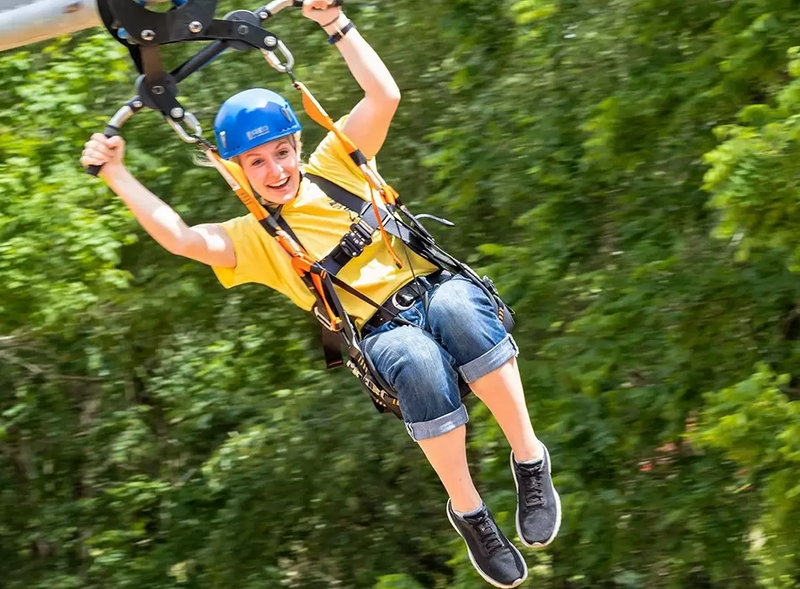Visual Storytelling

What is Visual Storytelling?
Visual storytelling is a creative and enjoyable way of communicating information by using pictures, videos, illustrations, or music. It's like narrating a story with visuals! What's amazing about it is that it helps you establish a connection with your audience and simplifies information for easier comprehension. This implies that your message stays with your audience for a longer duration and has a more significant impact. Don't hesitate to try visual storytelling today if you want to effectively share your ideas!
To ensure the success of your visual storytelling efforts, we recommend including the following factors in your story:
1. Your Message — To motivate your target audience to keep consuming your story, you must create tension and suspense by delivering a clear message. Stand-alone graphics or photographs that complement a text can achieve this effect.
2. Design — Design is an essential element in visual Storytelling as it allows viewers to understand the story better. Components such as color choices and subject placement on a page will help viewers understand the story without distracting them. For instance, in photojournalism, photographers need to frame their shots in a way that allows images to be unbiased and visually appealing.
3. Visual hierarchy is used to establish which items are most important. Design elements should vary in size, the most important being the largest. More competing elements can make it easier to understand what is happening.
4. Great first impression — Your Storytelling needs to make a great first impression to capture your audience's attention and keep them engaged. Aim to hook your audience within the first eight seconds of your story.
5. Interaction — Visual narratives offer opportunities to communicate with your audience beyond static text. When graphics move and the page is set for dynamic adaptation, users will have a better experience. These interactions help users feel more controlled and vested in the entire experience.
By incorporating these five factors into your story, you can create an engaging and compelling visual narrative that inspires and converts your audience.
Photos
Pictures and videos help tell stories in different ways. Different types of images and videos serve other purposes. Editorial photography is used in magazines to illustrate text, while commercial photography promotes brands. Travel photography captures images of different parts of the world, including people and the environment. Photojournalism uses images to tell news stories and evoke emotions, while portrait photography captures people in the moment.
Videos
Videos are a powerful tool for Storytelling and can appeal to different audiences. Video journalism is about using videos to tell stories, while news videography uses moving images to provide context to news stories. Cooking videography can be used to demonstrate cooking techniques, and stock videography is helpful in commercial or editorial projects.
Visual Storytelling can make a story come alive in ways that text alone cannot. Regardless of your needs, there are many ways to tell a story, but the key is to provide the correct information for your target audience.